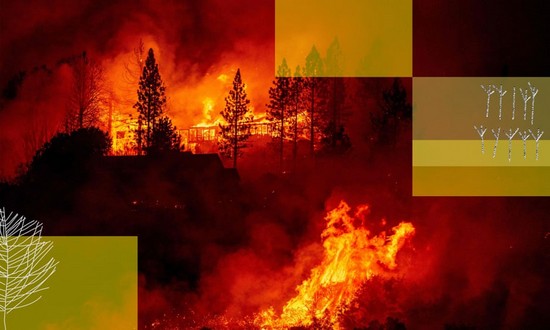Kategori : ENERGY AGENDA NEWS, ENERGY EFFICIENCY NEWS - Tarih : 08 November 2021
Cop26 may involve dozens of world leaders, cost billions of pounds, generate reams of technical jargon and be billed as the last chance to prevent calamitous global heating, but at its simplest the climate conference in Glasgow is a debate about dialling up or dialling down risk.
The primary objective of Cop26 is to nudge the world as low as possible within this target band, which was established under the Paris agreement. 1.5C is considered the safest climate landing zone that humanity might still reach. A slip of even half a degree would dial the risks up  substantially, according to the world’s top climate scientists on the UN Intergovernmental Panel on Climate Change. Their computer models suggest 420 million more people would be frequently exposed to extreme heatwaves and heat-related deaths would rise twice as fast if temperatures reach 2C rather than 1.5C.
substantially, according to the world’s top climate scientists on the UN Intergovernmental Panel on Climate Change. Their computer models suggest 420 million more people would be frequently exposed to extreme heatwaves and heat-related deaths would rise twice as fast if temperatures reach 2C rather than 1.5C.
There has been progress. Over the past two years, net zero announcements by the UK, EU, US, Japan, South Korea and China have raised hopes. More than 100 countries have upgraded their plans, and others continue to trickle in. This month, Turkey finally ratified the Paris agreement and promised to peak CO2 by 2035. Shortly before that, South Africa pledged to lower its 2030 emissions cap by a third.
Carbon Tracker calculates all commitments and announcements up to November 2020 could constrain global warming to 2.1C if every country keeps its pledges. With six of the 10 biggest emitting countries yet to disclose new plans, there is a chance this could get closer still to 1.5C in the coming weeks.
Source: The Guardian





